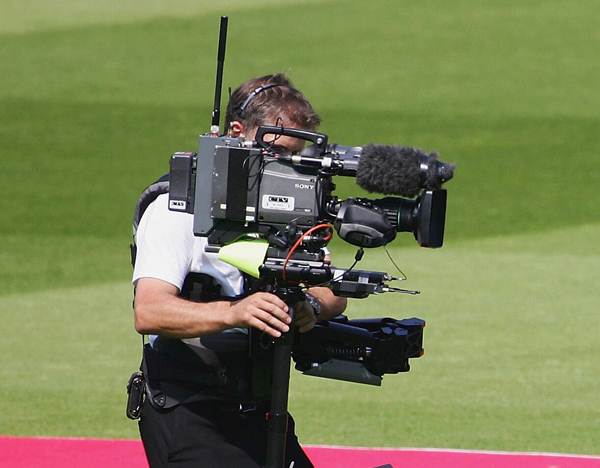Watch: The behind the scene action during a live cricket match
3 Min Read


Live broadcast of sports or say cricket, in particular, isn’t something that is new. The first match to telecasted live was the 1938 Lord’s Test between England and Australia. Since then technology has evolved vastly and now it’s a multi-billion dollar industry. Watching the live TV coverage, some feel, is actually better than watching a cricket game live from the stadium. All the replays from different camera angles, the minutest of details, players from close ranges, their emotions, expressions and all make viewing very enjoyable.
But ever thought how the best coverage is brought to us by the official broadcaster? How many days’ effort / preparation go into producing content for a 3-hour T20I, an ODI or a 5-day Test? How many cameras are used to bring us the live feed of a cricket match from a stadium? Here are the answers from the men who perform the tedious job every time a match is being played.
Shreekath Kuppaswamy, one of the cameramen, who follows every moment of the match, speaks about the job and his particular role.
“There are around 29 cameras in this event. 19 cameras is being manned and 10 unmanned. It is various positions. Every camera has a separate role to do. Every camera has one role to do it and every cameraman has own things to be done as per the director’s command. I use the super slow motion camera.”
Also, read – India women cricketers now wish to sport names of their fathers’ on the jersey
“My nature of work is to follow the whole event, the close ups of the batsman, bowlers, the fielders, catching positions and the slip fielders and the batsman and bowlers walking back or walking in and all the victory celebrations everything is being shot in my camera. I have to man the camera till my director says cut.”
Sean Allen Barnard performs the hectic job of following all the deliveries wherever it goes. He says: “My primary function is ball follow. I have to check the ball wherever it goes an I field positions and basically the geography. So people at home can see exactly what’s going on the wide shots. Once the bowler has bowled the ball and gets hit, as soon as the ball gets hit the director will cut to my camera and I will go wherever the ball goes
Hermanus Pieter Bodenstein, the man responsible of catching all the finer details of the proceedings talks about his responsibilities.
“I use the super slow camera. For you guys sitting at home, we slow it done nicely. Previously it was 75 frames per second now it is 150 frames per second. So, you can see all the details nicely. Did it touch the bat? Did it nick this? It’s a very odd camera to do because you are zooming every time”
Watch: The behind the scene action during a live cricket match
Download Our App